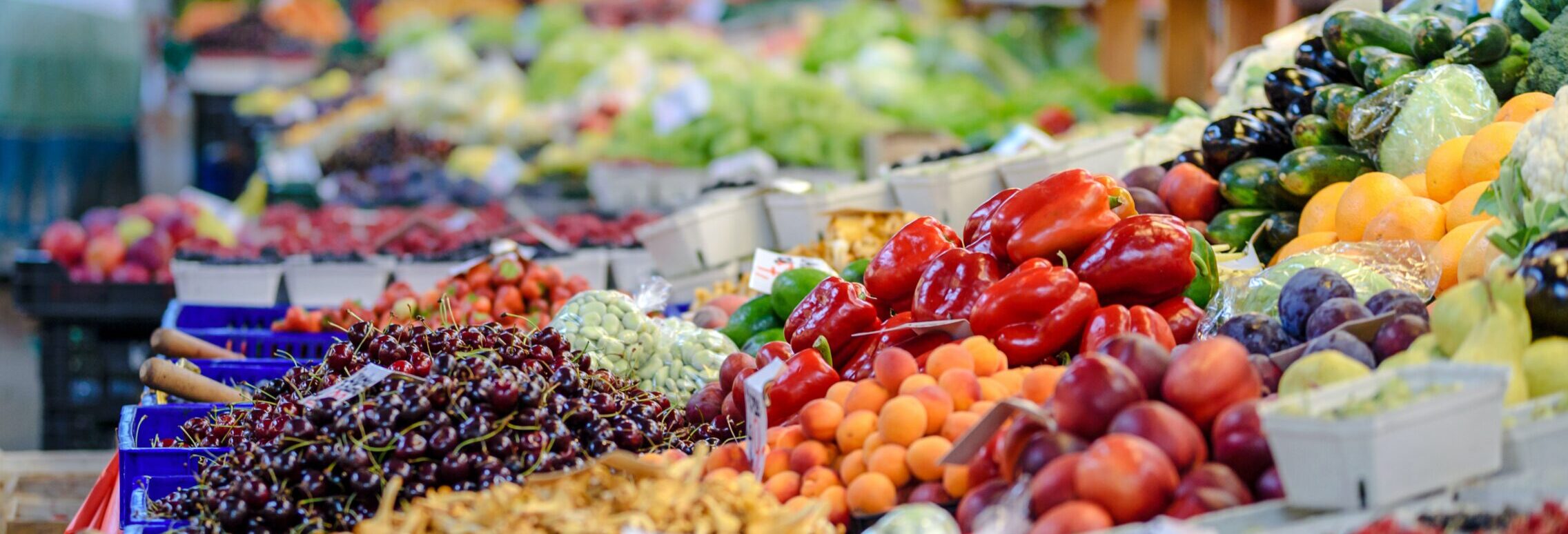Mexico is the largest agricultural trading partner for the United States totaling $71.9 billion (imports plus exports) in 2022. U.S. agricultural exports to Mexico totaled $28.5 billion while imports from Mexico totaled $43.4 billion. The main agricultural products imported from Mexico are fruits and vegetables, in fact 44 percent of the fruits and 48 percent of the vegetables imported by the U.S. are from Mexico. The United States imported $18.7 billion of produce from Mexico during 2022, including fresh, frozen, and processed fruits, vegetables, and nuts. Just over 98 percent of these imports entered the United States by land ports between Mexico and Texas, New Mexico, Arizona, and California. When considering only fresh fruits and vegetables, which is nearly 89 percent of total produce, imports totaled $16.6 billion. These imports were shipped in 590,906 forty-thousand-pound truckloads. About 55 percent of U.S. fresh fruit and vegetable imports from Mexico entered through Texas land ports, arriving in 325,467 truckloads and worth $11.6 billion. The most active single port for fresh produce import from Mexico in 2021 was Pharr, Texas with 197,253 truckloads followed by Nogales, Arizona with 144,027 truckloads. Laredo, Texas (75,409 truckloads) and Otay Mesa, California (73,580 truckloads) rounded out the top four. Although there was a small drop of the number of fresh produce trucks crossing from Mexico in 2022, the expectation is that the positive trend seen over the last decade will continue as U.S. consumers continue to demand year-round supply of fresh produce.
Figure 1. U.S. Imports of Fresh Produce from Mexico by Truck, 2012-2022

Photo by PhotoMIX Company: https://www.pexels.com/photo/vegetables-stall-868110/
Ribera, Luis. “Fresh Produce Imports from Mexico Continue on the Rise.” Southern Ag Today 3(8.4). February 23, 2023. Permalink










